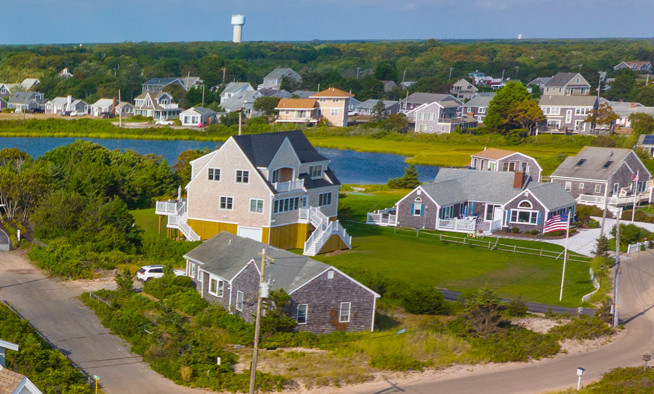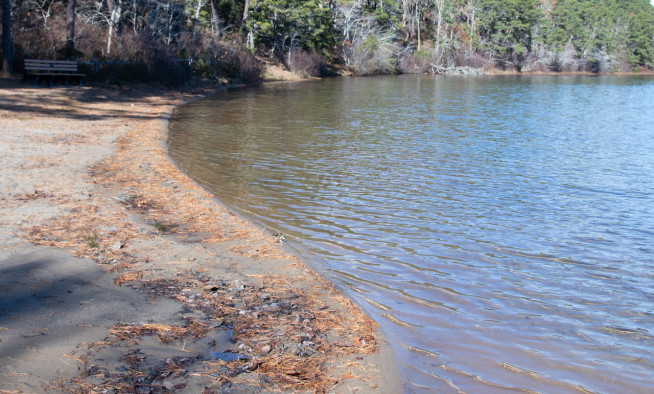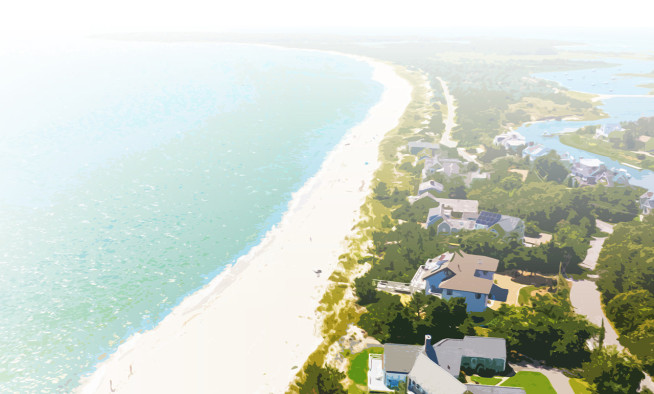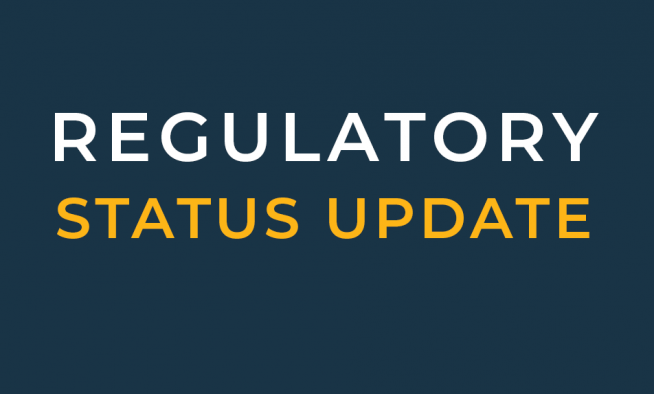Regional Housing Strategy: Multifamily design guidelines encourage context-sensitive development
Cape Cod’s architectural character is a defining feature that shapes the region’s unique appeal. The look and feel of Cape Cod’s buildings are integral to its identity. When considering multifamily developments, design and aesthetics are essential to a finished product that will fit in with the region’s identifying look and feel.
To preserve this distinctive charm and ensure that new developments and renovations blend into the Cape Cod landscape, the Cape Cod Commission worked with Utile and Outwith Studios to create the Cape Cod Housing Design Guidelines and Retrofit Design Guidelines.
The Design Guidelines identify which multifamily housing types may be appropriate in different character neighborhoods or “placetypes” in the region. Appropriate building scale and parking location, as well as key architectural features such as roof slope, façade variation, and windows are described and illustrated, all in an effort to encourage forms that are consistent with regional building traditions. The guidelines emphasize the importance of creating healthy and vibrant living spaces while also addressing critical environmental concerns.
The Retrofit Guidelines include energy efficiency and electrification recommendations for existing residential buildings in Barnstable County, acknowledging the environmental benefit of reusing buildings and making them more energy efficient. The reuse of existing structures plays a critical role in meeting larger carbon reduction goals. By keeping the foundation and other structural components of the building in place, upfront carbon emissions associated with producing and transporting building materials can be avoided. The measures align with the decarbonization goals of the Cape Cod Climate Action Plan and the Commonwealth’s Next Generation Roadmap. Retrofitting historic structures has the additional benefit of meeting both housing and cultural resource protection goals.
The document also identifies possible financial incentives through state, utility, and federal programs to offset the upfront costs associated with efficiency improvements. Case studies of hypothetical retrofits to existing building typologies on Cape Cod are presented to illustrate possible combinations of applicable improvements and financial incentives.
Towns can use these guidelines as a point of reference when reviewing proposed projects or choose to adopt them as a part of their bylaws. Defined guidelines can help provide a better understanding of desired design and forms for multifamily housing for both developers and communities.
The guidelines are resources intended to inform decision making processes related to housing production on Cape Cod. The hope is that they will inspire more predictable built-form outcomes, helping to build support for greater housing opportunities.
View the design guidelines: www.capecodcommission.org/our-work/mf-design-guidelines
Related Posts




